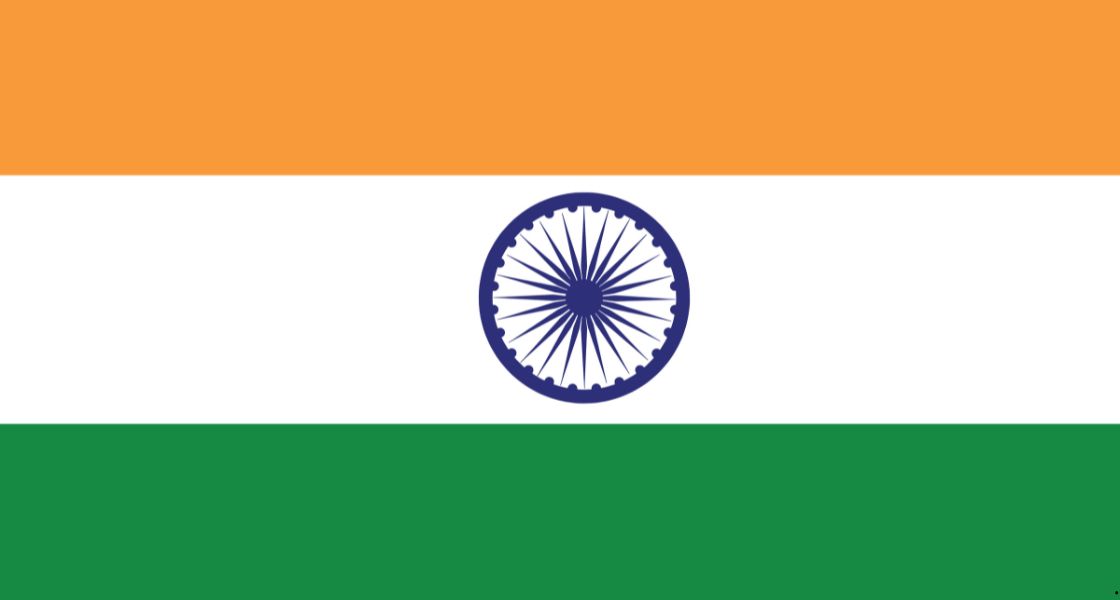
India - overview
India, a vast and diverse country in South Asia, is known for its rich history, cultural heritage, and significant global influence. The capital city is New Delhi, and the country spans an area of 3,287,263 km² with a population of approximately 1,389,637,446 people. The name "India" is derived from the Classical Latin "India," which traces back through various languages such as Hellenistic Greek and Old Persian to the Sanskrit word Sindhu, referring to the Indus River. Another name for the country is Bharat, used in many Indian languages and derived from the ancient name Bharatavarsha. The term Hindustan has also been historically used, particularly during the Mughal era, to refer to India.
Indian cuisine
Indian cuisine consists of a wide variety of regional and traditional dishes that reflect the diverse geography, climate, and cultures of the subcontinent. The cuisine is characterized by the extensive use of spices, herbs, vegetables, and fruits. Influences from historical events, such as invasions, trade relations, and colonialism, have introduced new ingredients and cooking techniques to India. Staples like potatoes, tomatoes, chilies, and peanuts, which were brought to India after the Columbian discovery of the New World, are now integral to many Indian dishes. Indian cuisine has significantly influenced global culinary practices, particularly in regions such as Europe, the Middle East, and Southeast Asia, showcasing its historical importance and widespread appeal.
Mushrooms in Indian kitchen
Mushrooms are a popular ingredient in Indian cuisine, adding unique flavors and textures to a variety of dishes. The diverse types of mushrooms used reflect the rich biodiversity of India.
- Button mushrooms - These are the most commonly used mushrooms in Indian recipes, known for their mild flavor and versatility.
- Oyster mushrooms - Valued for their delicate texture and subtle taste, often used in stir-fries and curries.
- Shiitake mushrooms - Known for their meaty texture and rich flavor, adding depth to various dishes.
- Chanterelle mushrooms - Prized for their fruity aroma and peppery taste, used in gourmet Indian dishes.
- Boletes - Known for their earthy flavor, often used in traditional recipes.
- Enoki mushrooms - Recognized for their crisp texture and mild flavor, adding a unique touch to salads and soups.
These mushrooms are not only delicious but also contribute to the nutritional value of Indian dishes.
Indian dishes with mushrooms
Indian cuisine includes several delectable mushroom-based dishes that highlight the versatility of this ingredient. Here are some notable examples:
- Mushroom masala - A spicy and flavorful curry made with mushrooms cooked in a rich tomato-based gravy.
- Mutter mushrooms - A popular dish where mushrooms and peas are simmered in a savory tomato gravy.
- Bharwa mushrooms - Grilled mushrooms stuffed with a mixture of spices and herbs, offering a delightful appetizer.
- Gucchi pulao with morels - A luxurious rice dish featuring morel mushrooms, known for their distinctive taste.
- Tandoori mushroom tikka - Mushrooms marinated in a spiced yogurt mixture and grilled to perfection.
- Mushroom pilaf - A fragrant rice dish cooked with mushrooms and spices, providing a hearty meal.
- Mushroom paniyaram - A South Indian delicacy made with a batter of rice and lentils, filled with spiced mushrooms.
These dishes exemplify the integral role of mushrooms in Indian cuisine, showcasing their ability to enhance both the flavor and nutritional profile of Indian dishes. Whether incorporated into a curry, grilled as a snack, or mixed into rice, mushrooms are a beloved ingredient that enriches the culinary landscape of India.











